If you have a garden, you have likely dealt with leaf miners. You may be fighting a losing battle against the little pests, leading you to wonder where they come from. Do leaf miners live in the soil? We have experienced the same problem in our gardens and set out to find a solution. See our results below.
Leaf miners go through several stages in their life cycles. They do, in fact, live in the soil. However, that is the last stage. First, flies lay eggs on the undersides of leaves, injecting them inside. When those eggs hatch, the larvae eat their way through the leaves for approximately three weeks. At that time, the larvae exit the leaf, falling to the ground below. Leaf miners live in the soil for 15 days before emerging as adult flies.
Now that you know where leaf miners come from, it's time to answer other questions you may have about these bugs. Keep reading as we discuss the different types of leaf miners, how to control them, what kind of damage they cause to plants, and more.
![Pupa of the leaf miner, Do Leaf Miners Live In Soil? [Where Do They Come From?]](https://gardentabs.com/wp-content/uploads/2022/04/Do-Leaf-Miners-Live-In-Soil-Where-Do-They-Come-From.png)
Where Do Leaf Miners Come From?
When you notice the squiggly lines on your plants, you know you have leaf miners. The patterns are almost unmistakable. However, that doesn't keep you from wondering where they come from. How do those little bugs get inside your plants, and what are they?
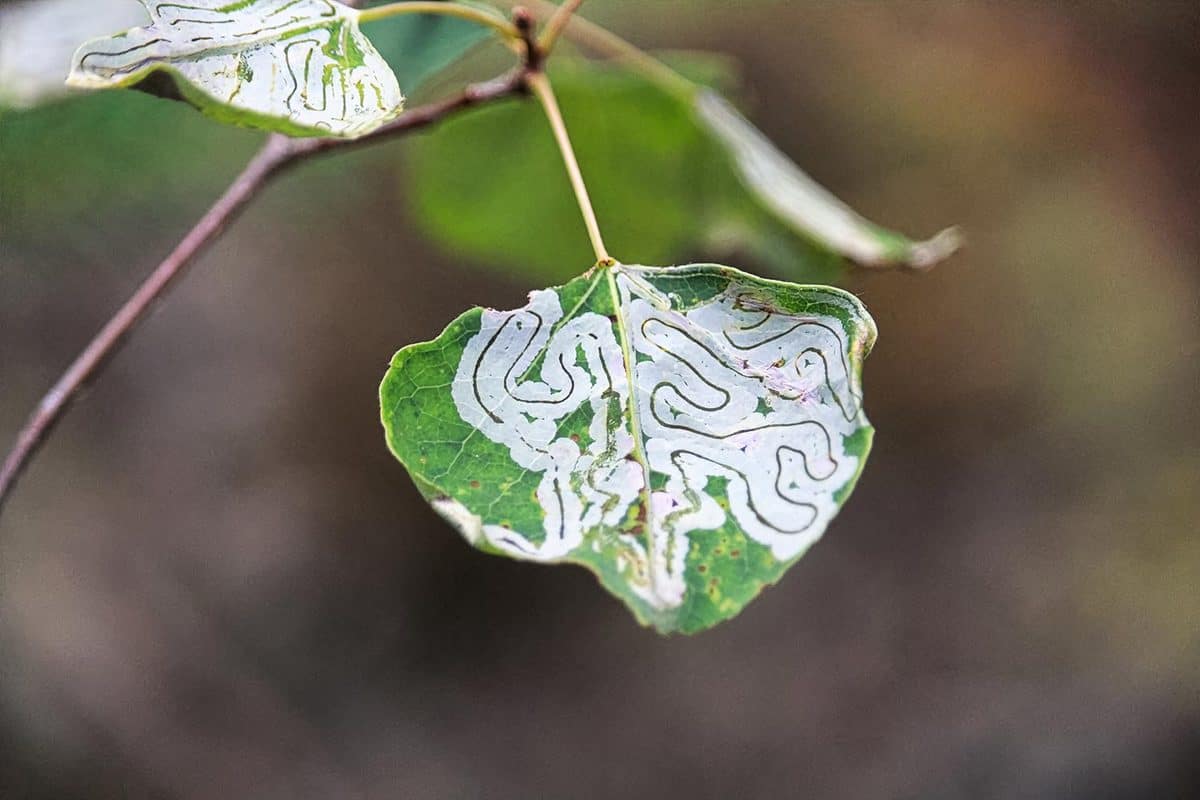
The truth is that leaf miners are not one specific insect. Instead, they are the larvae of several types of flying insects including sawflies, black flies, and moths.
The bugs land on the undersides of leaves and inject their eggs inside. Once the eggs hatch into larvae, they tunnel through the leaves, leaving discolored lines throughout.
However, the cycle doesn't end there. Within two to three weeks, the larvae drop to the ground, burrowing into the soil. There, the pupae develop for 15 days, emerging as fully developed adult flies or moths ready to start the cycle again.
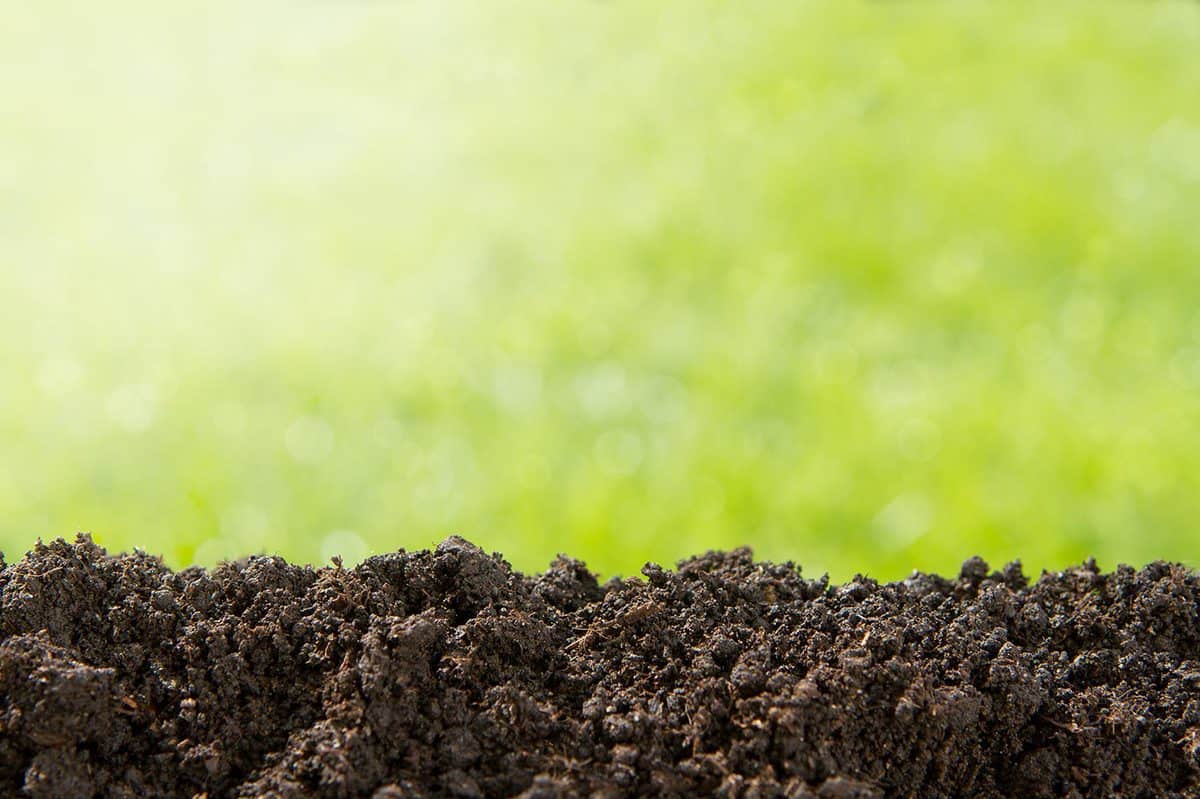
Unless you do something to stop them, you will experience several generations of leaf miners within a year.
Do Leaf Miners Kill Plants?
Although leaf miner damage may be unsightly, it does not usually kill plants. In most cases, the damage is strictly cosmetic, even in edible plants.
However, farmers who grow commercial crops cannot sell those damaged by leaf miners, making it a more serious problem for them. Leaf miners can also cause leaf drop in plants. Once the larvae are gone, the holes they leave behind may become subject to fungal growth.
What Do Leaf Miners Eat?
Since leaf miners do not seriously damage plants, it leaves many gardeners questioning what they eat. Most bugs munch on the plant itself, creating visible holes. Leaf miners, on the other hand, only ingest the cellulose within the leaves.
This behavior is what causes discoloration. According to the University of Minnesota Extension, since there are so many types of leaf miners, there is also a wide array of susceptible plants, including trees, shrubs, spinach, and even lettuce.
Spinach Leaf Miners
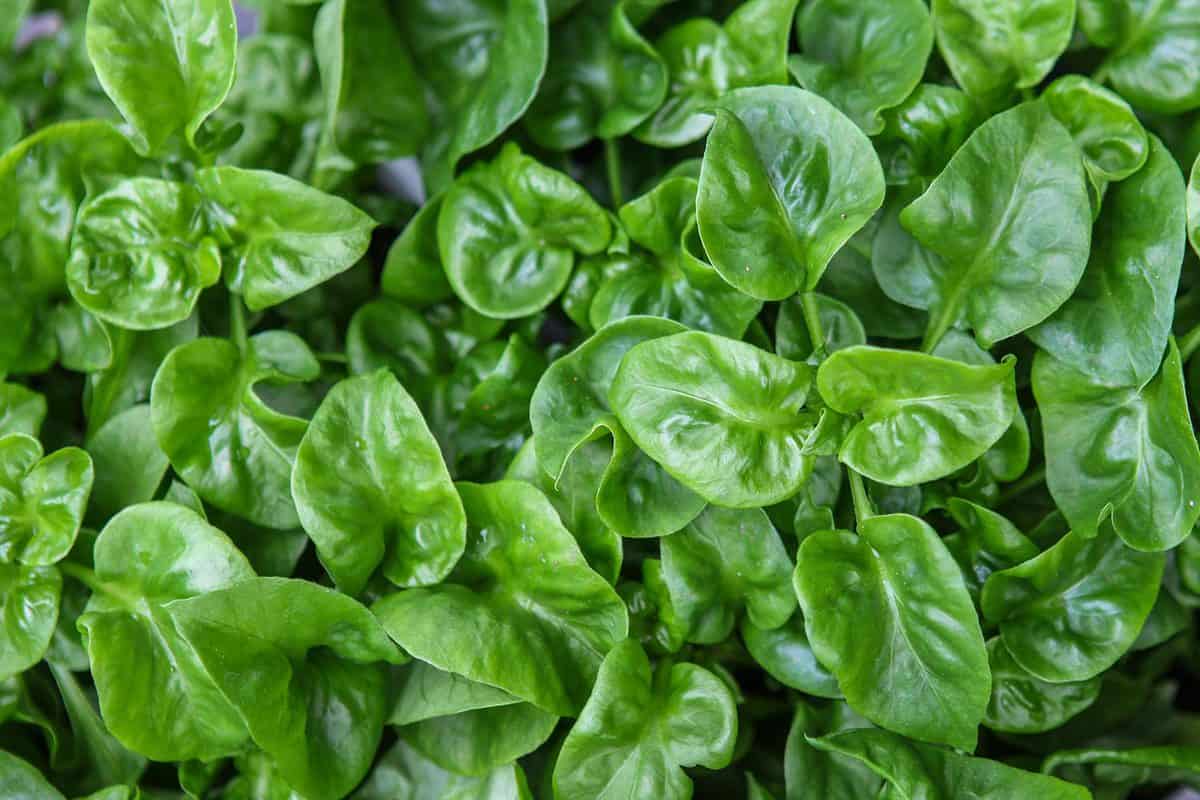
Contrary to what the name implies, spinach leaf miners feed on a selection of plants. Of course, spinach is at the top of the list; however, they also feed on celery, cucumbers, swiss chard, and tomatoes.
As adults, spinach leaf miners are grey or brown in color with hairy bodies and measure approximately 1/4 of an inch long. Larvae are white with no head or legs. With these miners, do not expect to find squiggly lines. Instead, they produce blotchy discolorations on leaves.
Vegetable Leaf Miners

Vegetable leaf miners do create squiggly lines on plants. The adults are smaller than spinach miners at roughly 1/15 of an inch long, and they have yellow and black bodies. Larvae are yellowish green with no head or legs. These leaf miners typically live inside and eat the following vegetables:
- beans
- peas
- lettuce
- onions
- beets
- eggplant
- squash
- watermelon
- cucumbers
- potatoes
- peppers
- tomatoes
Columbine Leaf Miners
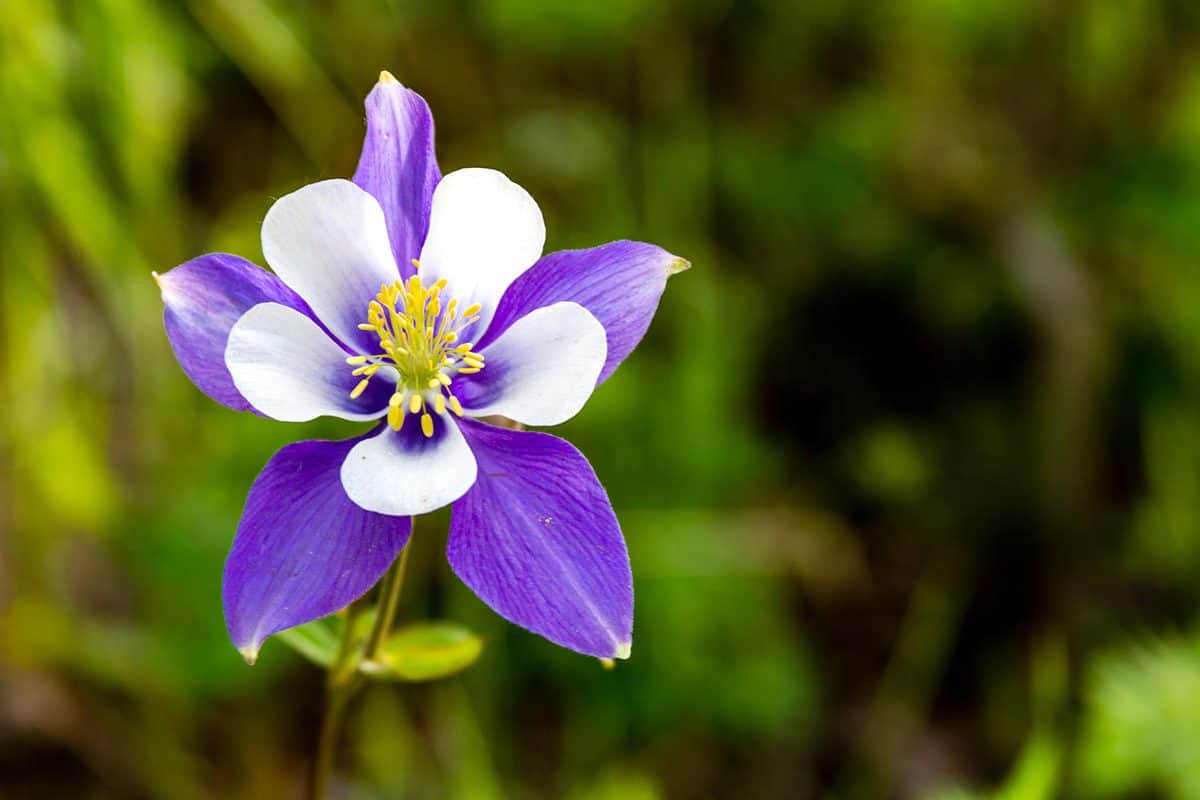
There are two different types of flies that produce columbine leaf miners. Since adult flies look the same, they can be distinguished by the markings they leave on the flowers.
One type creates blemished spots on leaves. The other is identified by the tell-tell winding lines. Unlike other adult leaf miners, the female columbine flies drink plant fluids.
Needleminers

Needleminers are the larvae of minute moths. Instead of feeding on vegetables or shrubs, they eat the tissue of coniferous trees such as pines. While there are no squiggly lines or off-colored patches, you can identify them by the brown needles they create.
Sawfly Leaf Miners
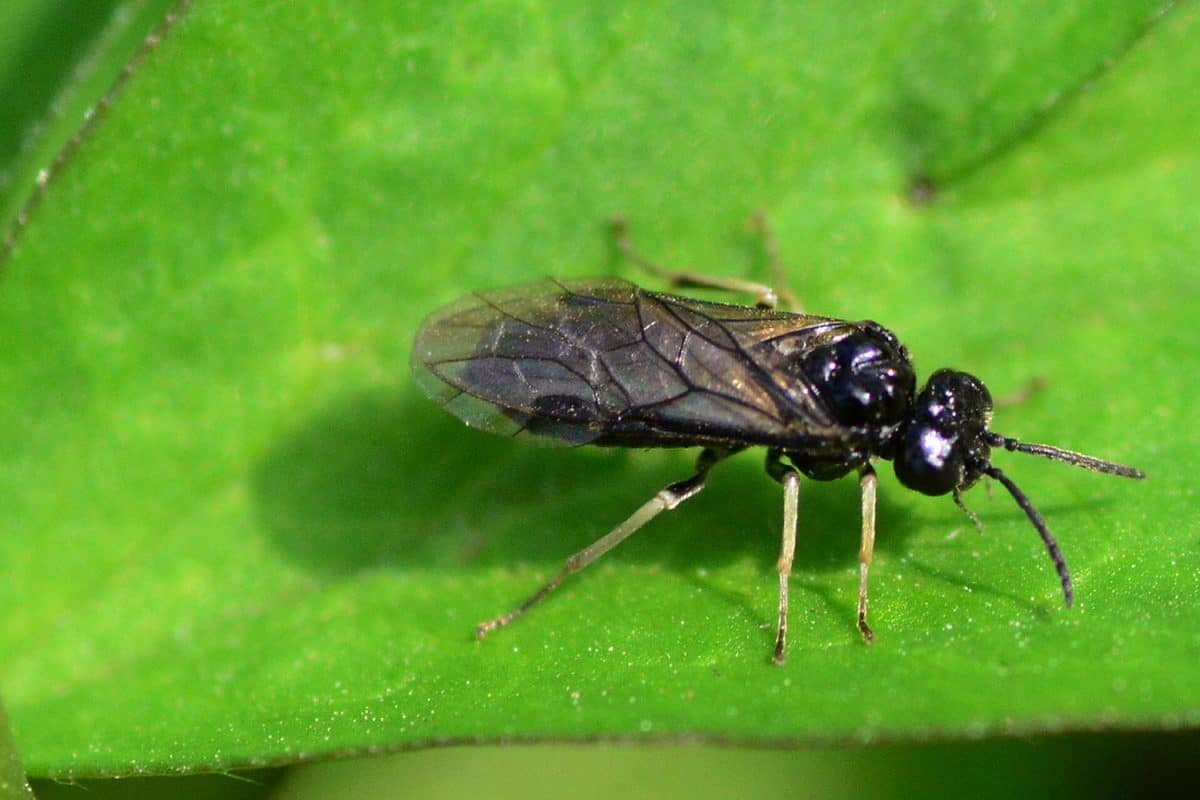
Sawfly leaf miners are the offspring of several different flies, including the birch, elm, alder, and hawthorn leaf miner flies.
Adult sawflies look very similar. They are black in color and are 3 millimeters long except for the alder leaf miner which is 6 millimeters long. Larvae are a translucent yellow with tiny prolegs. They feed on trees and shrubs such as hawthorn bushes and elm tree leaves.
How Do You Control Leaf Miners?

Since leaf miners live and feed inside plants, it can be a bit tricky to get rid of and prevent them. However, it is not an impossible task.
Systemic Insecticides
When using pesticides, one of the best methods to utilize is a systemic product. This will go into the soil and be absorbed into every part of the plant.
Not only will it kill any larvae that may be present but it will also kill any adult flies that may come into contact with the plant. Remember how we said the larvae fall to the ground to pupate? Since this insecticide is applied to the soil, it will kill those as well.
Click here to see this product on Amazon.
Contact Insecticides
If you feel strongly about the use of systemic products or your location does not allow it, you can give contact insecticides a try.
Instead of applying these products to the soil, you spray them on the plants. It is not as precise as the systemic method, so you will need to keep watch on your crop, studying for signs of leaf miner activity.
Click here to see this spray on Amazon.
Since leaf miners often lay their eggs around the time leaves begin emerging, this is generally the best time to apply sprays.
If you do so before the flies lay their eggs, it will kill the adults and eggs. However, if there are already eggs or larvae present, spraying will not kill those. This is because the miners are inside the leaves, and sprays only coat the outside.
Removing Leaves With Leaf Miners
If you notice leaf miner activity in your garden, it is important not to ignore the signs. If you allow the larvae to continue growing, the cycle will start over again once they drop to the ground.
Instead, if you notice leaves with mines, squish the leaves to destroy the larvae. Next, get rid of the infected leaves. Do not toss them on the ground or in the compost bin because some of the miners may still be alive.
Ground Covers
If you are not a fan of insecticides, there are natural ways to keep leaf miners away from your crops. Before the flies have a chance to emerge from the soil, place a barrier, such as plastic mulch, over the soil. This will prevent the adult flies from exiting the soil and laying eggs on your plants.
Click here to view this cover on Amazon.
Neem Oil
When utilizing neem oil, you can choose to spray it on the leaves or the soil. However, the two methods produce different results. If you spray the leaves, it will coat the plant and aid in killing adults by suffocating them and decreasing appetite.
You can find this product on Amazon.
It is not an immediate resolution, and you must repeat the process approximately once a week. If you spray the oil on the soil, however, it will be absorbed through the roots, resulting in a natural systemic insecticide. This method will kill leaf miners of all stages.
Can You Use Too Much Neem Oil?
Although neem oil is a natural product, you can use too much of it. For best results, spray your plants approximately once every week. Using it too often can burn the leaves. Additionally, if you are mixing your own oil solution, it is important to properly dilute it. Otherwise, it will be too strong for your garden.
Can You Eat Plants with Leaf Miners?
The thought of eating plants with leaf miner damage or the presence of larvae is a little unsettling. However, you should know that it is perfectly safe to eat plants whether they are currently hosting larvae or just sporting damage from past insects.
If you want to make sure there are no larvae present before consumption, pull the leaves apart. You will be able to see the miners inside.
In Closing
In short, leaf miners do live in the soil. However, this is only the last stage of their development. They start as adult flies or moths which lay eggs on the undersides of leaves, injecting the eggs within. Once larvae tunnel their way through the foliage, that's when they drop to the ground and burrow in the soil.
If you are looking for more information on leaf miners, check out these other posts on our blog:
Can Vinegar Or Baking Soda Kill Leaf Miners?




